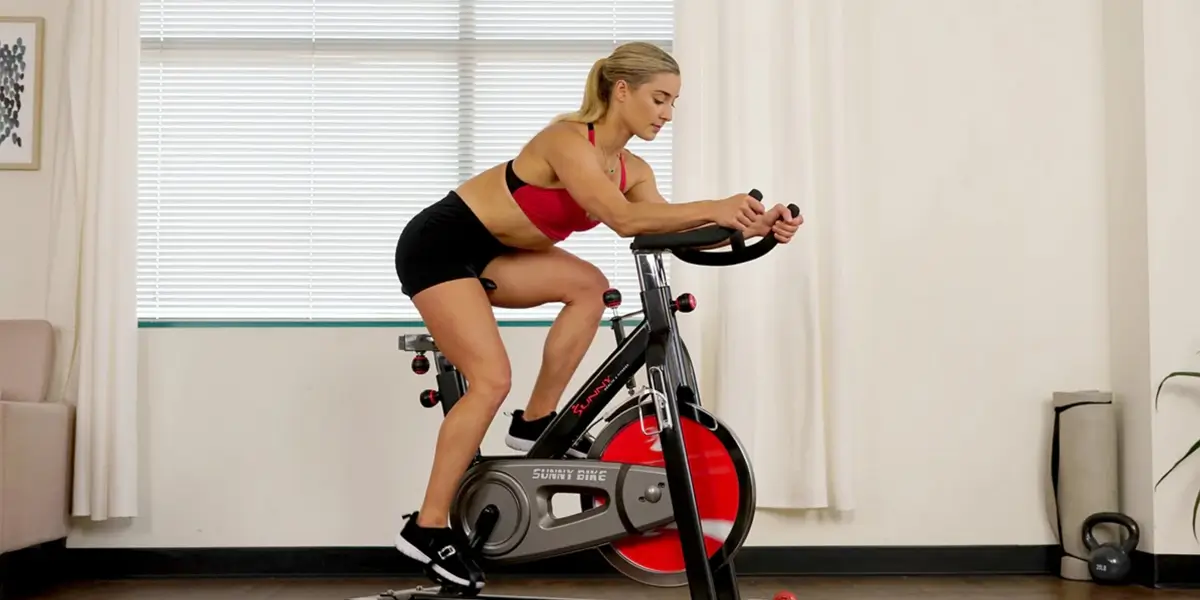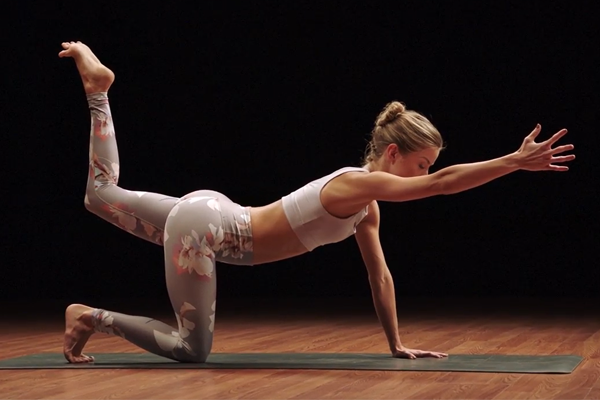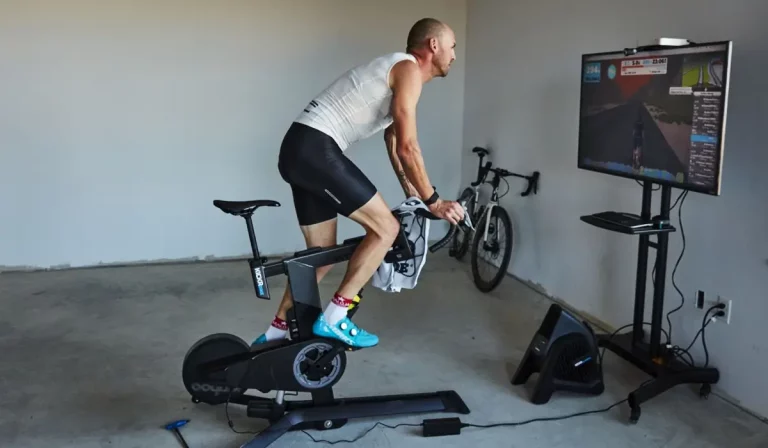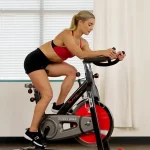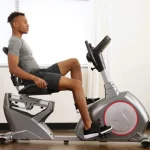Houston, TX 77099
Choosing the right exercise bike for your home can be daunting, especially with so many options available. This guide will help you understand the different types of exercise bikes and their features and provide tips on how to select the best one for your needs.
Products are available — click below to view them!
SEE DETAILS ON EBAYTypes of Exercise Bikes
Upright Bikes
Upright bikes are similar to traditional outdoor bicycles. They provide a great cardiovascular workout and engage the core and lower body muscles. These bikes are compact, making them a good choice for smaller spaces.
Pros:
- Compact design
- Engages core muscles
- Suitable for intense cardio workouts
Cons:
- It can be uncomfortable for long sessions
- Less support for the back
Recumbent Bikes
Recumbent bikes have a reclined seating position, which provides better back support and a more comfortable workout experience. They are ideal for people with back issues or those looking for low-impact exercise.
Pros:
- Comfortable seating
- Provides back support
- Low-impact on joints
Cons:
- Larger footprint
- Less intense workout compared to upright bikes
Spin Bikes
Spin bikes are designed to mimic the outdoor cycling experience and are often used in spin classes. They offer a high-intensity workout, usually with features like adjustable resistance and handlebars.
Pros:
- High-intensity workouts
- Adjustable resistance
- Suitable for serious cyclists
Cons:
- Can be noisy
- Less comfortable seating
Folding Bikes
Folding bikes are designed for easy storage and portability. They are perfect for small living spaces or those needing to move their exercise bike frequently.
Pros:
- Space-saving design
- Portable
- Easy to store
Cons:
- It may have fewer features
- Less stable than non-folding models
Key Features to Consider
- Resistance Type: Exercise bikes come with different types of resistance, including magnetic, friction, and air resistance. Magnetic resistance is preferred for its quiet operation and smooth feel, while friction resistance is typically found in cheaper models.
- Adjustable Seat and Handlebars: Ensure your bike has adjustable seats and handlebars to fit different users comfortably. This is crucial for maintaining proper posture and preventing injuries.
- Display and Connectivity: Modern exercise bikes often have digital displays that track metrics such as speed, distance, calories burned, and heart rate. Some models also offer Bluetooth connectivity to sync with fitness apps.
- Weight Capacity: Check the weight capacity of the bike to ensure it can accommodate all users in your household. Most bikes support between 250 to 350 pounds.
- Footprint and Portability: Consider the size of the bike and the available space in your home. If space is limited, look for a compact or folding model. Additionally, wheels on the base can make it easier to move the bike around.
Tips for Choosing the Right Exercise Bike
- Define Your Fitness Goals: Understand your fitness goals before purchasing. Are you looking for intense cardio, low-impact exercise, or something to help with rehabilitation? Your goals will determine the best type of bike for you.
- Try Before You Buy: If possible, test different models at a store to see which one feels the most comfortable. Pay attention to the seat, handlebars, and overall stability.
- Read Reviews: Check online reviews and ratings to understand the bike’s performance and durability. Look for feedback on comfort, ease of use, and any common issues.
- Budget: Determine your budget before shopping. While more expensive models often come with advanced features, plenty of affordable options provide excellent value for money.
- Warranty and Customer Support: Check the warranty and customer support options. A good warranty can save you money on repairs and replacements in the long run.
Choosing the right exercise bike for your home involves understanding your fitness goals, evaluating different types of bikes, and considering key features. By following this guide, you can find an exercise bike that meets your needs and helps you achieve your fitness goals in the comfort of your home.

